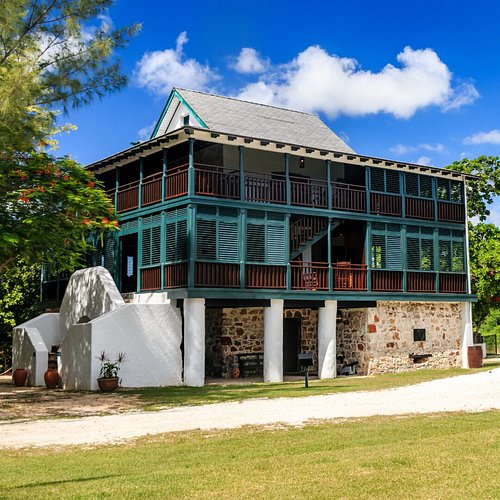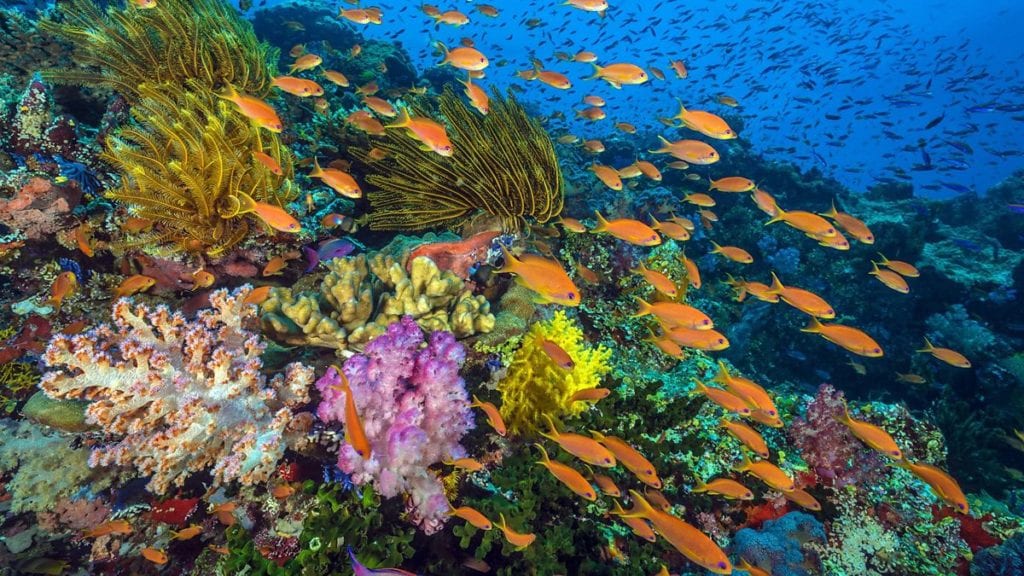The Cayman Islands are home to a wealth of historic sites that showcase the islands’ rich cultural and maritime heritage. From centuries-old buildings like Pedro St. James to iconic shipwrecks turned dive sites, each location offers a unique glimpse into the past. Whether exploring landmarks on land or beneath the waves, visitors can experience the stories that have shaped the Cayman Islands over time.
Pedro St. James National Historic Site

Duration: 1-2 hours
Historic Sites: History Museums
Open Now: 8:30 AM – 5:00 PM
Built in 1780, Pedro St. James (PSJ) Great House is the oldest surviving stone structure in the Cayman Islands and a designated national historic site. Perched on the cliffs of Pedro’s Point in Grand Cayman’s original capital, Bodden Town, PSJ has played many roles over the centuries—as a jail, courthouse, and legislative building. Its legacy has earned it the title “The Birthplace of Democracy in the Cayman Islands,” a name that still evokes national pride over 240 years later.
MV Captain Keith Tibbetts
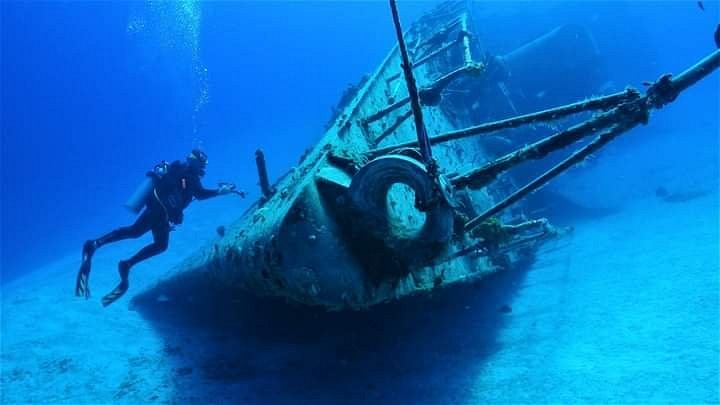
Historic Sites: Points of Interest & LandmarksMysterious Sites
The Keith Tibbetts wreck, located off Cayman Brac, is a renowned dive site. This Russian destroyer was deliberately sunk in 1996 to create an artificial reef. Today, its preserved structure teems with vibrant marine life, making it a must-visit for both recreational and experienced divers. Thanks to clear waters and convenient access, it offers an unforgettable underwater adventure. Local dive operators offer guided tours to this historic site.
Mission House

Duration: < 1 hour
The Mission House Historic Site, managed by the National Trust for the Cayman Islands, was once home to early missionaries, teachers, and the Watler family—one of the island’s oldest. Though the original house was destroyed by Hurricane Ivan in 2004, it has been thoughtfully reconstructed. The site features a seasonal wetland with a boardwalk, a National Museum display, a visitor center, and a gift shop.
Oro Verde Wreck
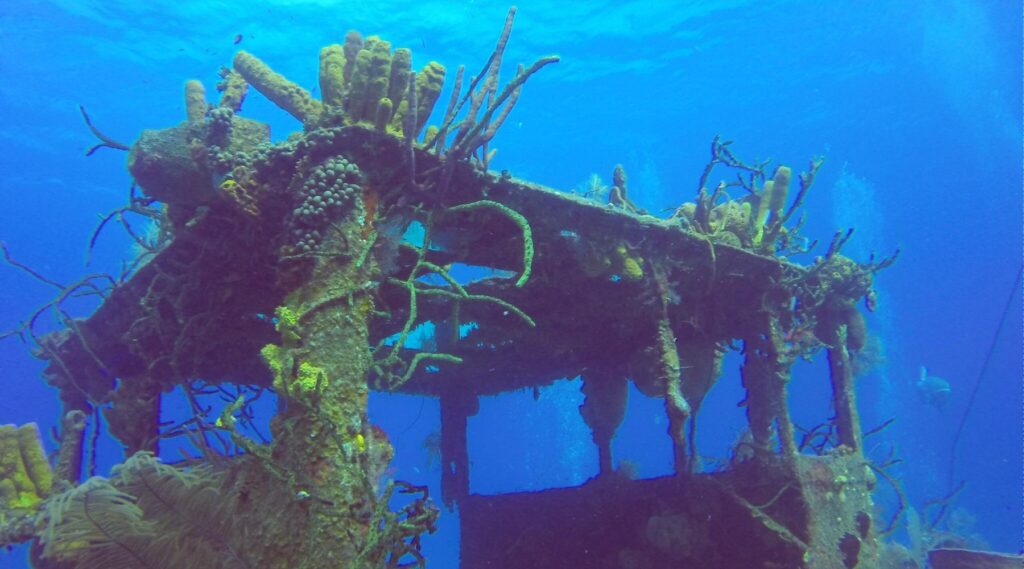
Historic Sites: Points of Interest & LandmarksMysterious Sites
Originally a U.S. Army transport vessel, the Oro Verde spent its final decade hauling bananas between Ecuador and Miami. In 1976, it ran aground on the reef near Grand Cayman, just off Seven Mile Beach.
Today, the wreck is home to a variety of marine life, including nurse sharks, reef sharks, eagle rays, turtles, and an abundance of fish such as snapper, angelfish, grunts, anemones, and grouper.
Old Homestead

Historic Sites: Points of Interest & Landmarks
Once known as the West Bay Pink House, this charming pink-and-white Caymanian cottage is one of the most photographed homes in Grand Cayman. Built in 1912 using wattle and daub with an ironwood frame, it offers a glimpse into the island’s past. Cheery Mac Bothwell, who was raised here, leads heartfelt tours that reflect on life in Grand Cayman before tourism and banking took center stage. Cost: $5. Hours: Monday to Saturday, 8 AM to 5 PM.
Doc Polson Wreck
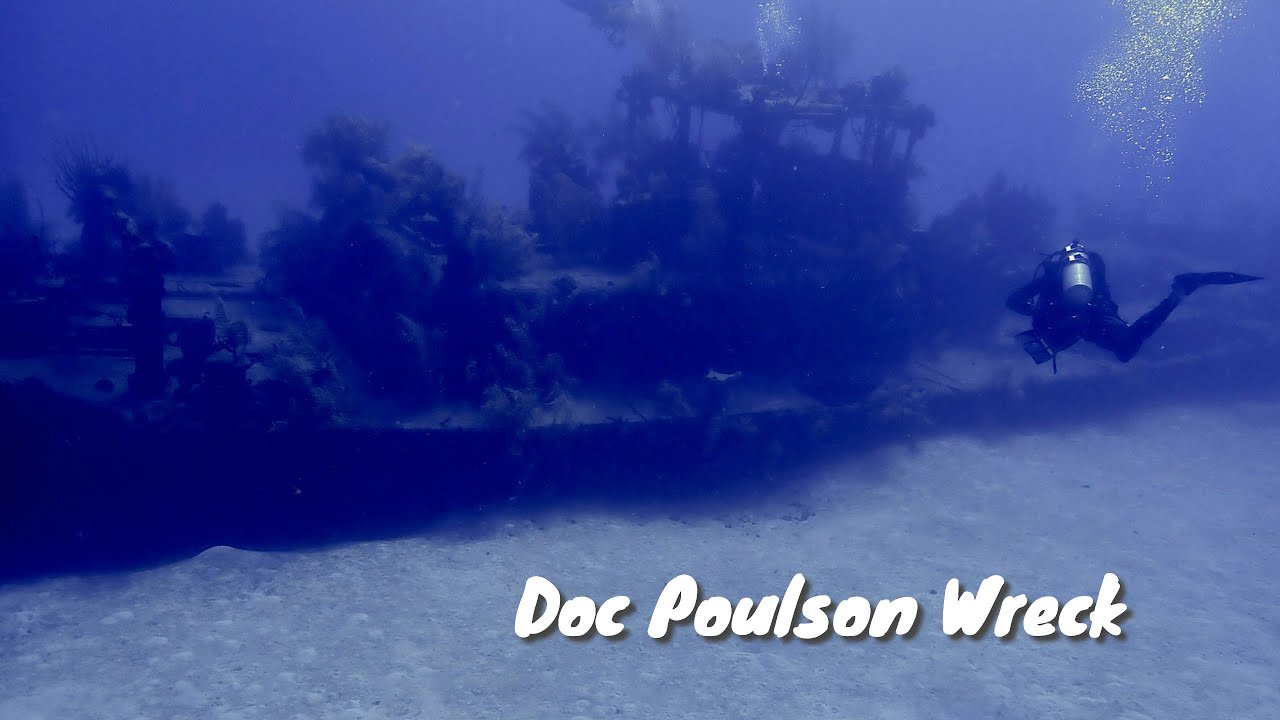
Historic Sites: Points of Interest & LandmarksMysterious Sites
The Doc Poulson is a purpose-sunk wreck, submerged in 1982 to attract divers and snorkelers, resting in 60 feet of crystal-clear water. Named after the doctor who established Grand Cayman’s first hyperbaric chamber, this former Japanese cable-laying ship was transformed into an artificial reef teeming with marine life.
At 80 feet long, the wreck is a favorite among underwater photographers. It lies on a bed of white sand near a shallow reef, surrounded by vibrant blue waters. Colorful marine visitors like blue and stoplight parrotfish swim over the sand to the wreck, while schools of jacks glide through the open water. The deck’s cable winches are now encrusted with bright sponges, coral, and sea fans.
While filming for the DreamWrecks series, cameramen Mike and Warren enjoyed the peaceful conditions and ideal visibility to capture footage from every angle. Dominique explored the wreck using a scooter and free diving, while Cathy documented the adventure with her camera.
On a return visit in 2018, we were thrilled to see the wreck flourishing even more, now home to a thriving array of coral, sponges, and sea fans—especially impressive given the deteriorating state of many reefs on Grand Cayman’s west end.
Balboa Wreck
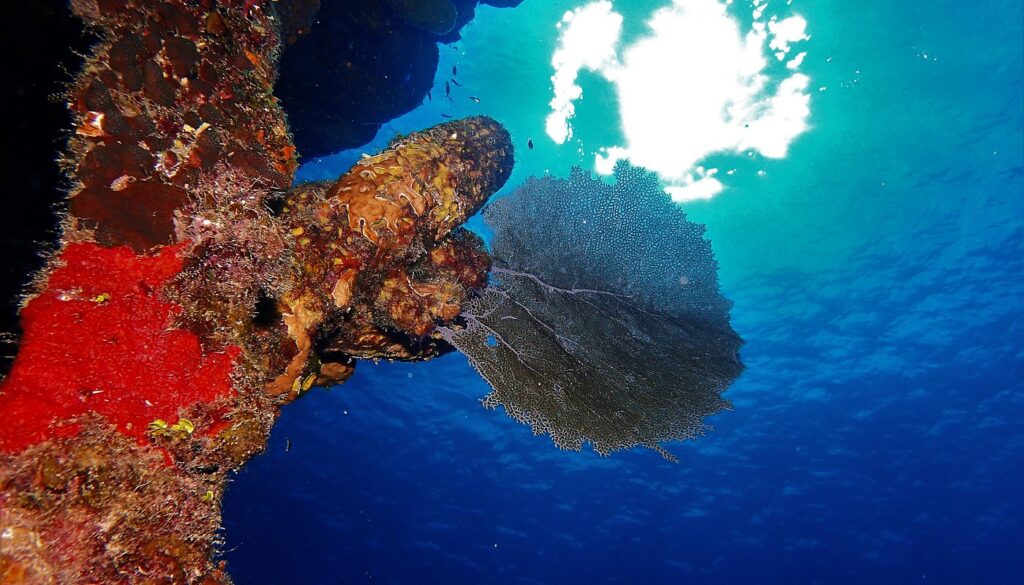
Historic Sites: Points of Interest & LandmarksMysterious Sites
The Cayman Islands boast an impressive collection of unique and world-renowned wrecks, making them top destinations for wreck diving enthusiasts. Grand Cayman is home to the ex-USS Kittiwake, while Cayman Brac features the former Russian warship, now known as the Capt. Keith Tibbetts. These are just two highlights among many. Divers from around the world visit the Cayman Islands specifically to explore these fascinating underwater sites. Here, we showcase the best wreck diving experiences the islands have to offer.
Kissime Wreck
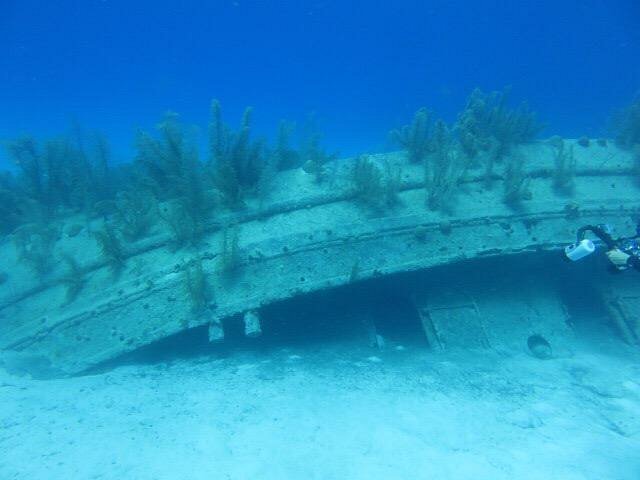
Historic Sites: Points of Interest & LandmarksMysterious Sites
Location: West End, Cayman Brac
Approx Depth: 45-65ft – wreck
The Kissimmee is a decommissioned tugboat that was intentionally sunk in 1982 in a sandy area near Scott Dock, making it a popular and accessible shore dive. Though smaller than the M/V Keith Tibbetts, the Kissimmee measures just 36 ft (12 m) and rests almost completely upside down. The nearby reef is thriving, attracting rays and schools of fish around the wreck. Shore divers should take caution—Scott Dock is still used weekly for supply deliveries via barge, so if a barge is offshore, it’s best to reschedule the dive.
Artificial reefs have been utilized for centuries—for military purposes like blocking ports, to boosting fish populations and even kelp farming. Wrecks and other man-made structures make excellent artificial reefs. They not only enhance fish yields in overfished areas but also create unique underwater landscapes that support complex ecosystems, benefiting nearby reefs, fisheries, and recreational tourism.
LCM David Nicholson Wreck
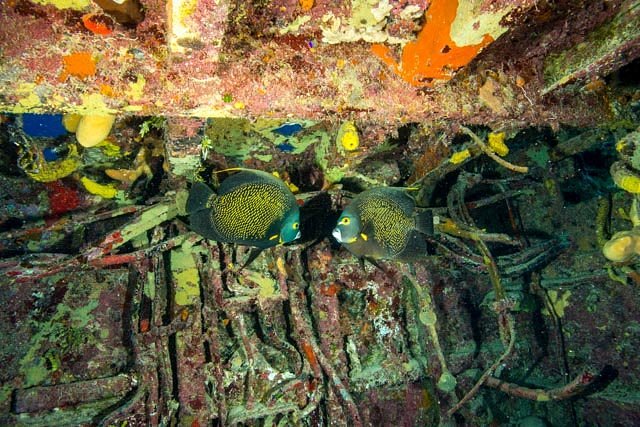
Historic Sites: Points of Interest & LandmarksMysterious Sites
The LCM David Nicholson was originally a U.S. Navy landing craft, believed to have seen service during the Korean War. Later acquired to serve as an artificial reef, the vessel was named in honor of David Nicholson, a French Canadian divemaster at Sunset House who passed away in 1989.
LCM stands for Landing Craft Mechanized (or Mechanical), a type of vessel made famous during World War II for deploying troops and equipment in amphibious assaults like the D-Day landings. Modern variations of this design remain in use today.
Guard House Park
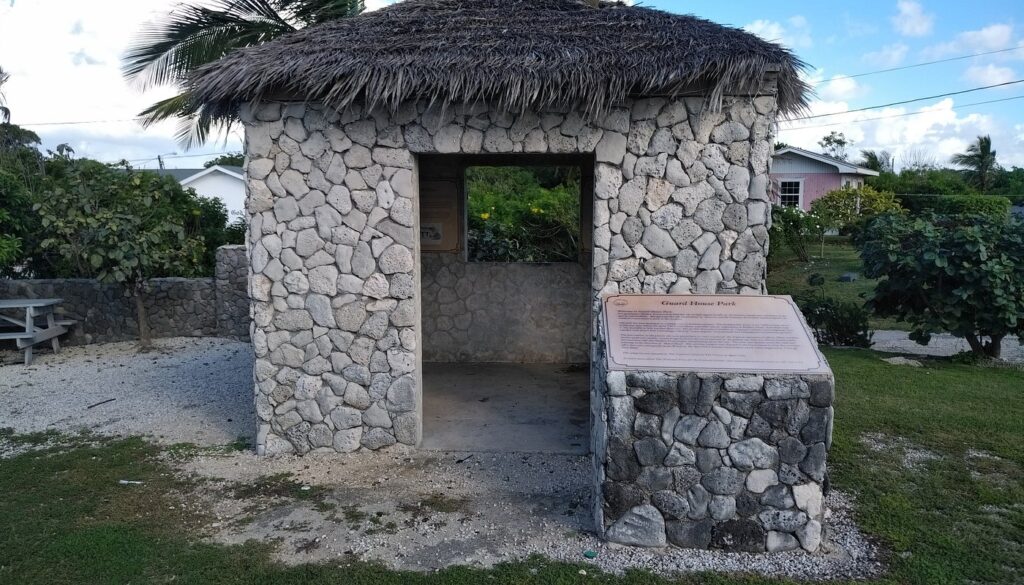
Address: Shamrock Rd, Bodden Town, Cayman Islands
Description: Over time, Bodden Town gradually lost its prominence and its role as the capital of Grand Cayman. Repeated hurricanes caused the harbour to silt up, making it unusable for trade, which shifted to East End and Hog Sty Bay in George Town—now the island’s main harbour and financial hub.
As threats of attack faded, Grand Cayman saw no major invasions, and the island’s defenses were abandoned. By the late 1800s, all that remained of the Guard House were two cannons and its historic name.
The original cannons were eventually stolen and later replaced with two from the 1794 Wreck of the Ten Sails, donated by the East End community. Though larger, these cannons likely came from the same era.
Despite its decline, the Guard House site remained valued by Bodden Town residents. In 1990, the Trust’s District Committee chose to preserve it, creating a small park to showcase its history.
A stone thatch building, echoing the area’s traditional style, was built to house historical displays. Local resident Mr. Ed Oliver crafted seven panels detailing the district’s heritage and the site’s past, surrounded by a vibrant border garden.
Guard House Park opened in 1994 but was devastated by Hurricane Ivan in 2004. Restoration efforts began soon after, and the park officially reopened in 2012.
Conclusion
The Cayman Islands are rich in history both above and below the sea, offering a fascinating blend of preserved heritage sites and legendary shipwrecks. From Pedro St. James, the birthplace of democracy, to iconic wrecks like the Captain Keith Tibbetts and Doc Polson, each site tells a unique story of the islands’ past. Whether you’re a history buff or a diving enthusiast, these historic landmarks provide unforgettable experiences and a deeper connection to Cayman’s cultural and maritime legacy.

